Your HVAC and Carbon Monoxide: A Home Safety Guide
HVAC – heating, ventilation, and air conditioning – plays a crucial role in your home, making your living space the right temperature and ensuring the air you breathe is clean. The HVAC system includes heating, cooling, and plumbing components. On the other hand, carbon monoxide is a dangerous gas that's both odorless and colorless. Breathing it in can be life-threatening. This gas can sneak into your home due to faulty equipment or improper maintenance of gas appliances. For instance, during winter, chimneys and vents can become clogged, making it tough for combustion gases to escape. Barbecue grills can also be a source if not properly ventilated.
HVAC Safety Tips
1. Keep Your Air Conditioning Units Well-Maintained
Air conditioners don't produce carbon monoxide because they don't burn fuels. Instead, they work to keep your indoor temperature comfortable. HVAC gauges can help check the pressure of liquids and gases in your air conditioning system. Seasonal maintenance is essential for air conditioners, especially before summer arrives. Another useful tool is the HVAC vacuum pump. This device helps get rid of gas and contaminants from cooling systems. During repairs, the vacuum pump clears harmful substances before refrigerant refilling. This enhances efficiency and improves the air you breathe indoors.
2. Schedule Regular HVAC Tune Up
Plan for an HVAC tune-up at least once a year, preferably before the heating season sets in. A professional should service your filters, furnaces, vents, chimneys, fireplaces, and fuel-burning appliances. This proactive step saves you money on energy bills and addresses any potential carbon monoxide leaks. Carbon monoxide issues arise when carbon-based fuels like wood or kerosene don't burn completely. Poorly maintained or ventilated appliances like cookers, boilers, and furnaces can lead to health risks. Regular HVAC tuning can prevent these problems and keep you safe.
3. Keep Your Plumbing in Good Condition
It's easy to think of plumbing problems as inconveniences, but they can impact indoor air quality. Leaky sewage systems release sewage gas, which contains hydrogen sulfide. This gas can contaminate the air that your HVAC system circulates, affecting your health. Prolonged exposure to hydrogen sulfide gas can lead to discomfort like eye irritation, headaches, nausea, and fatigue. To avoid these issues, ensure your plumbing is in tip-top shape. Regularly check for leaks and monitor water pressure and drain issues.
Benefits of HVAC Maintenance
With proper training and certification, an HVAC engineer can be a lifesaver for your home's comfort and safety. They handle your HVAC systems' design, installation, and regular maintenance, ensuring everything works. Regular HVAC tune up come with numerous advantages:
- Improved Indoor Environment: Your home will be cozy in winter and summer.
- Reduced Repair Costs: Catching issues early means less expensive fixes.
- Extended Equipment Lifespan: Your HVAC system will last longer, saving you from an early replacement.
- Lower Utility Bills: Well-maintained systems run more efficiently, meaning lower energy costs.
Creating a Safer Home with Gainesville Mechanical
Making your home a safe and comfortable place for your family is a top priority. Gainesville Mechanical offers the best heating, cooling, and plumbing repairs and installations. We're residential HVAC and plumbing experts and offer services for hotels, hospitals, and other large-scale projects. We specialize in pre-construction planning, in-house building information modeling (BIM), and design-build solutions. Contact us today to schedule an appointment and ensure your home's safety and comfort.
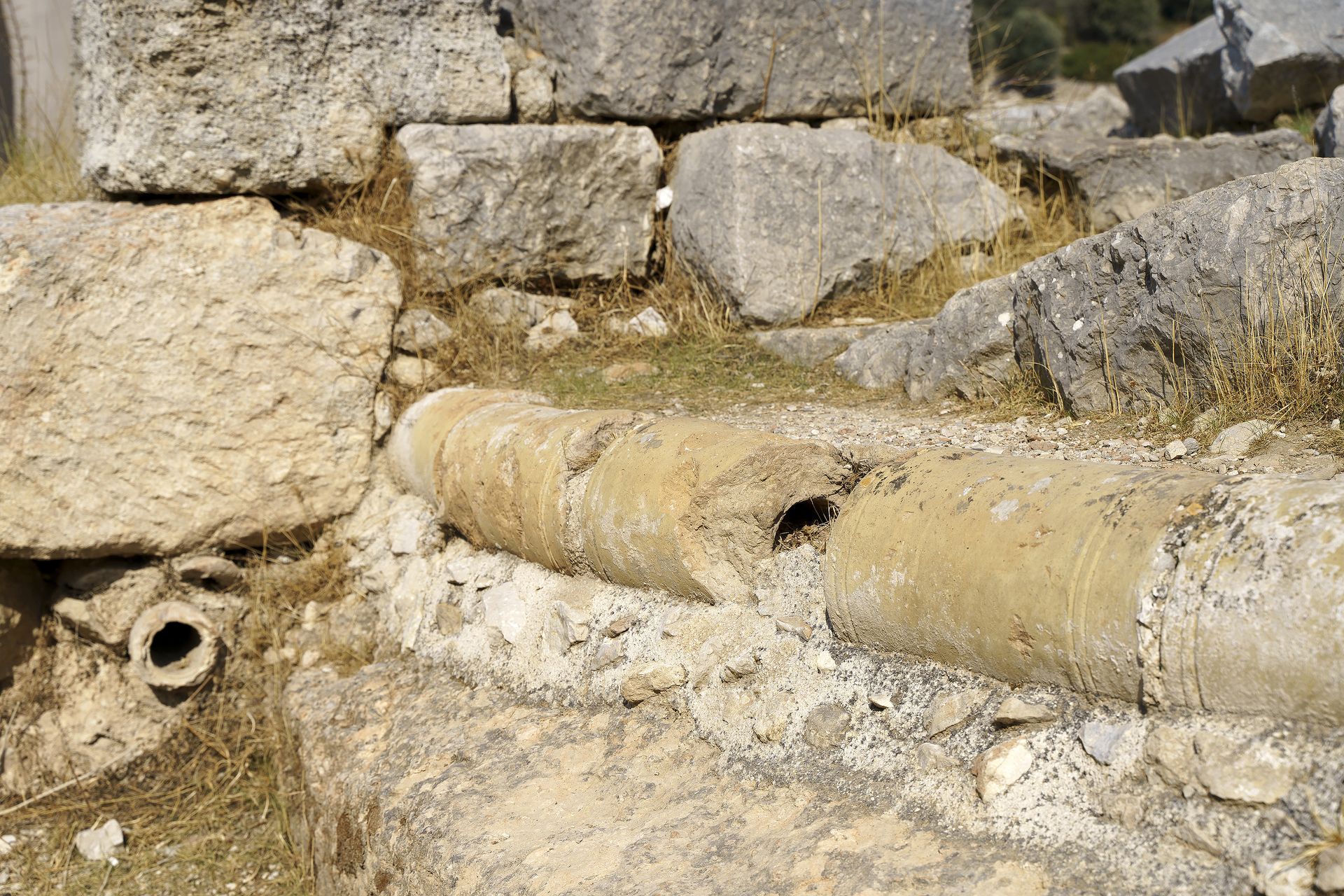
Servicing the Southeast
and Surrounding Areas
Share On:
Phone Number
All Rights Reserved | Privacy Policy
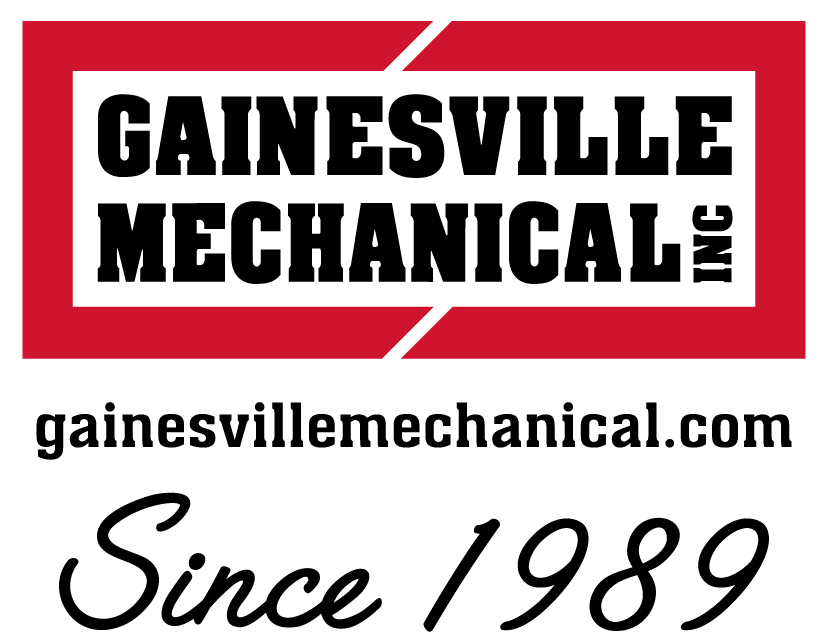
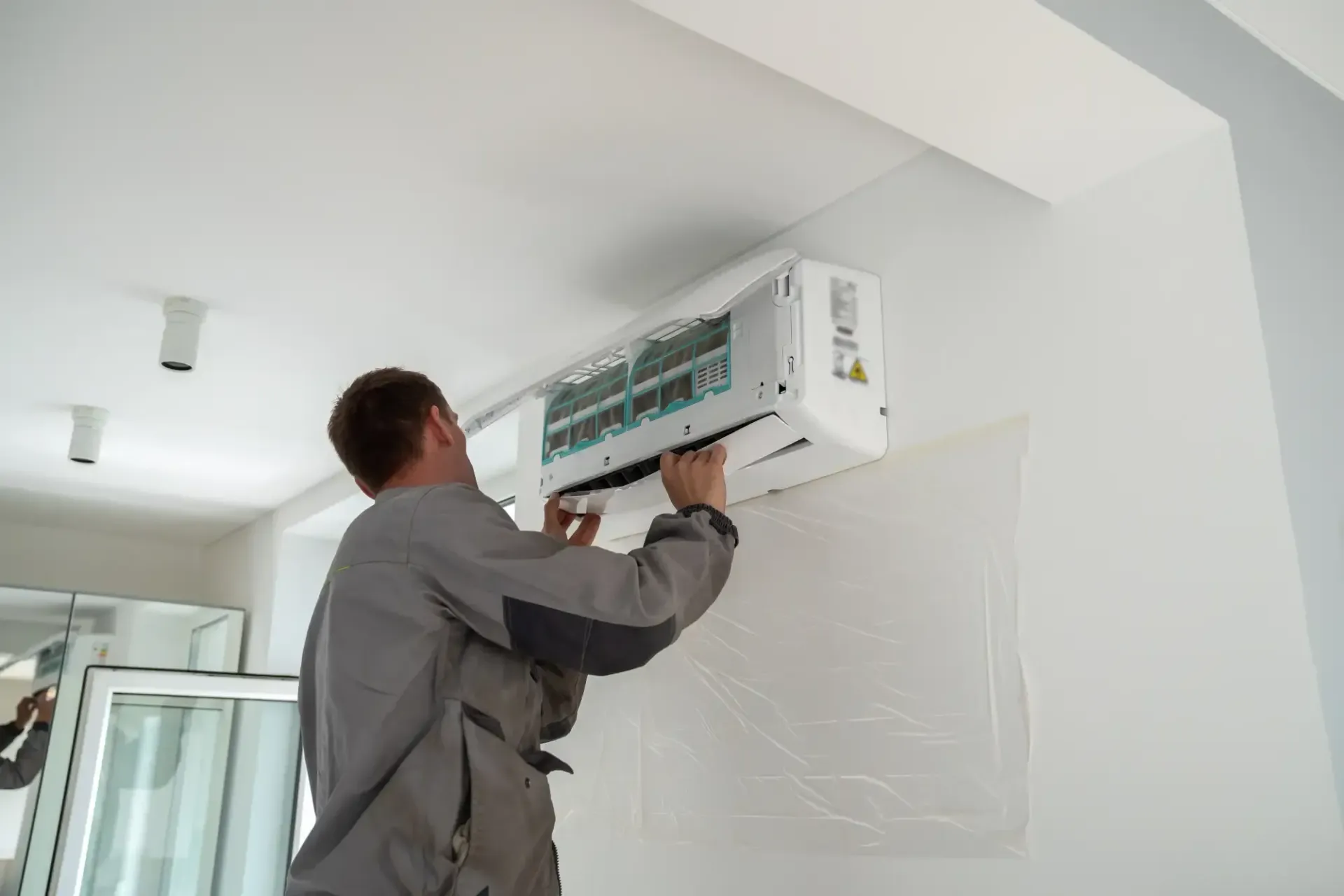
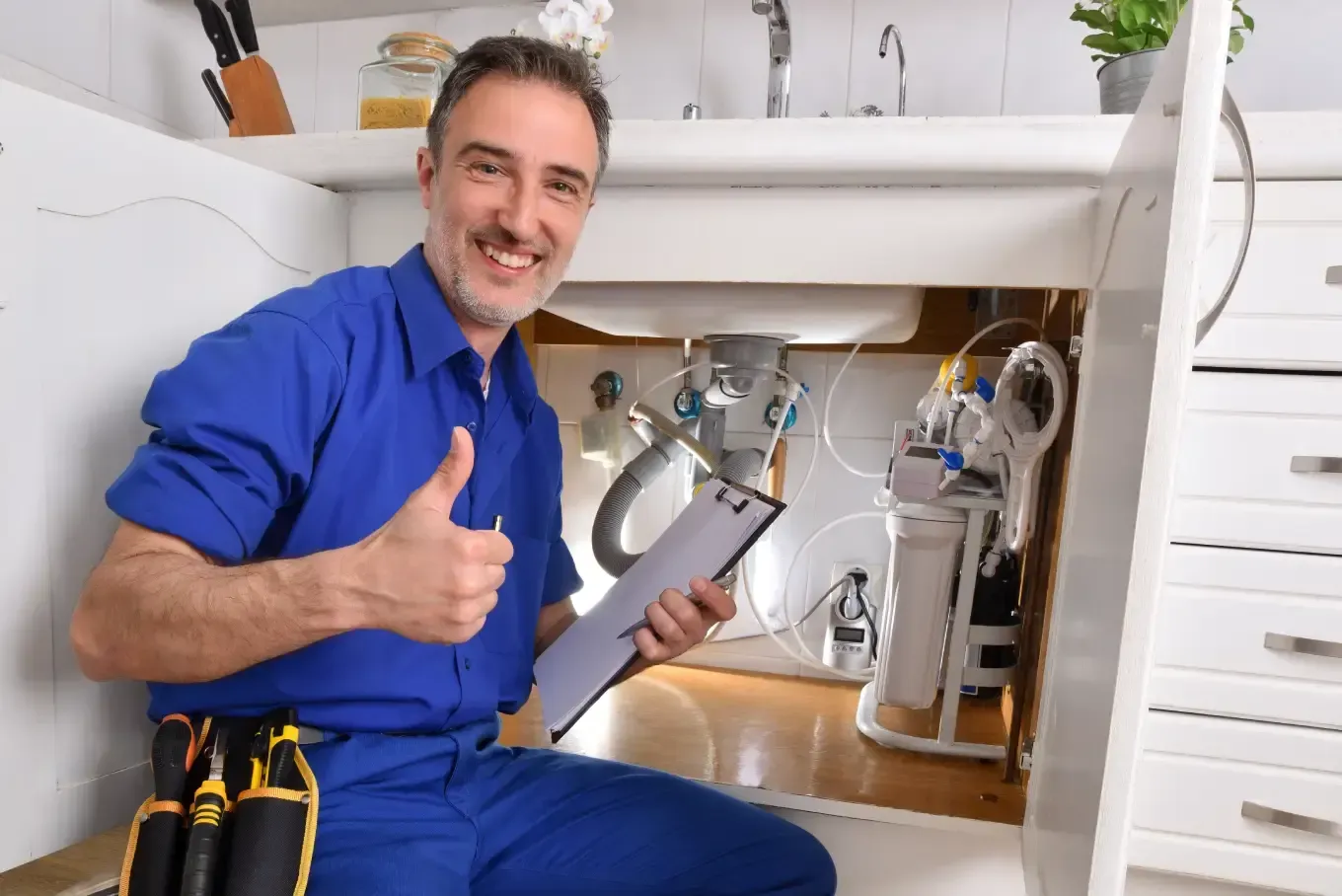

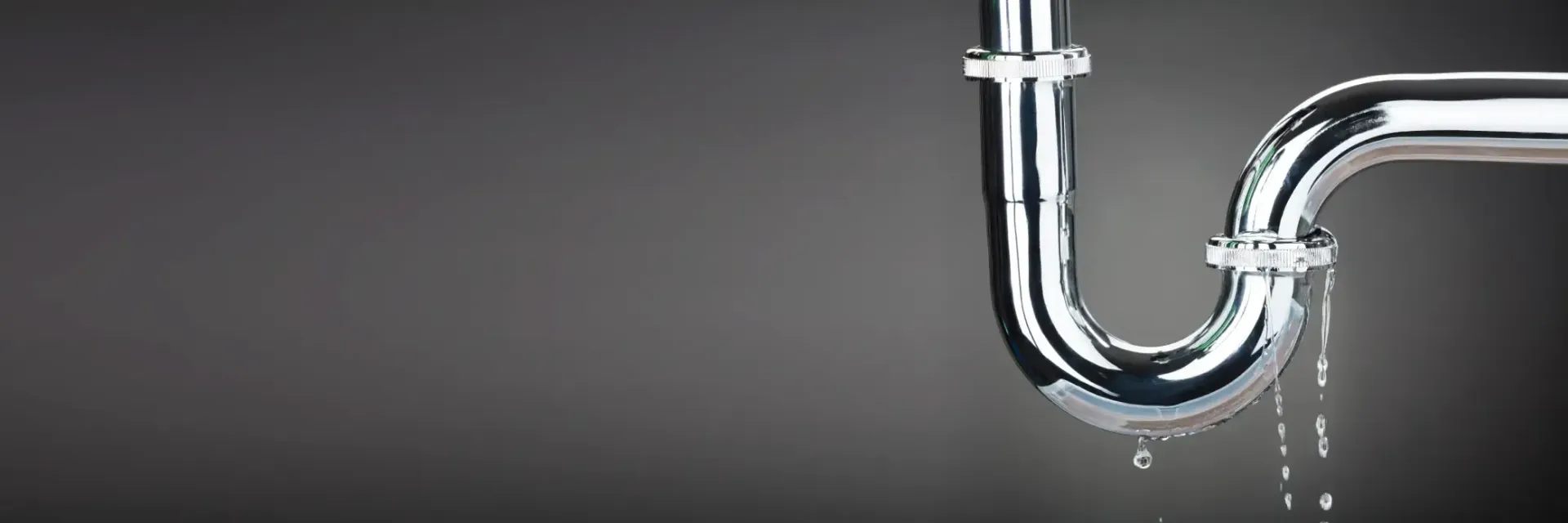

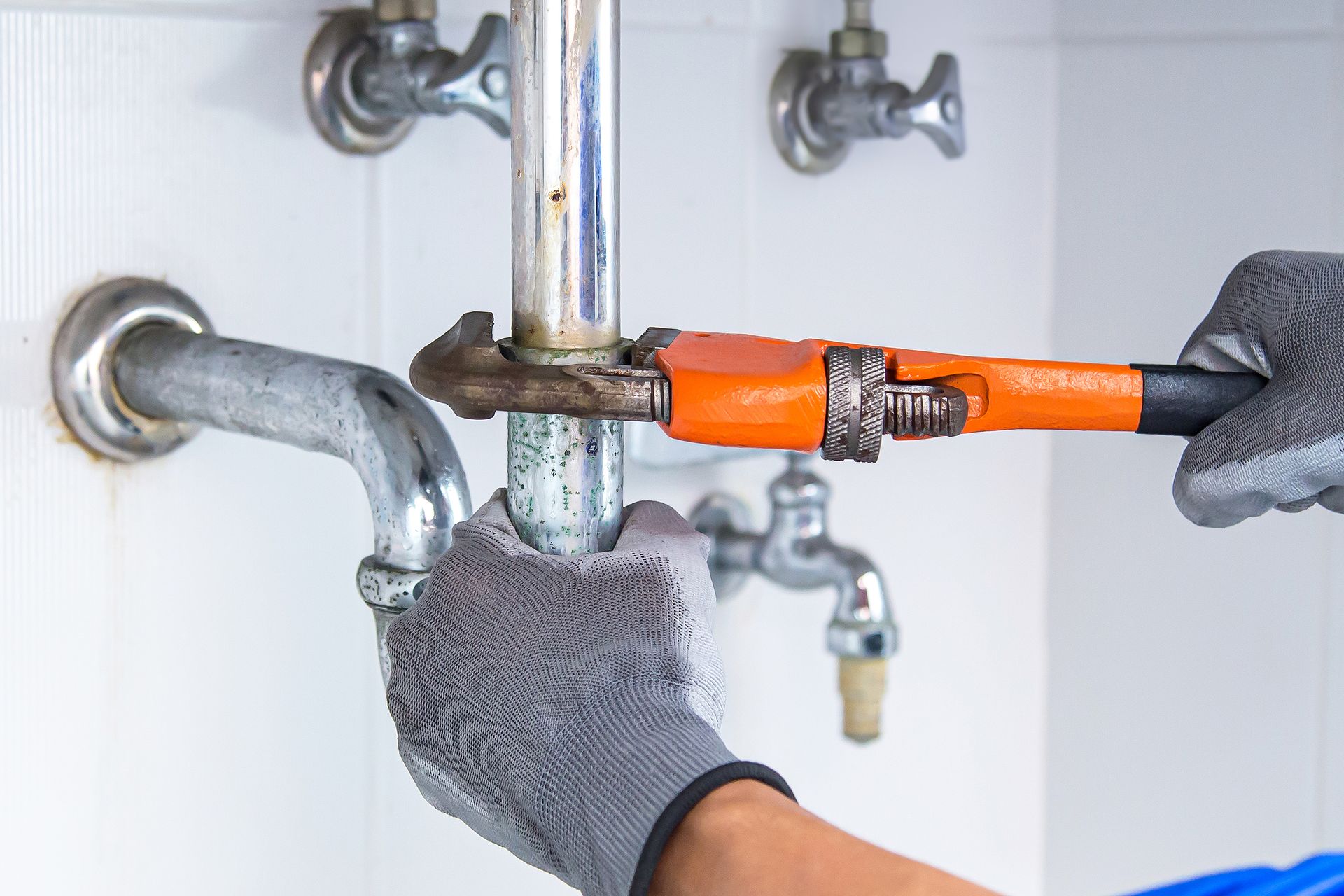
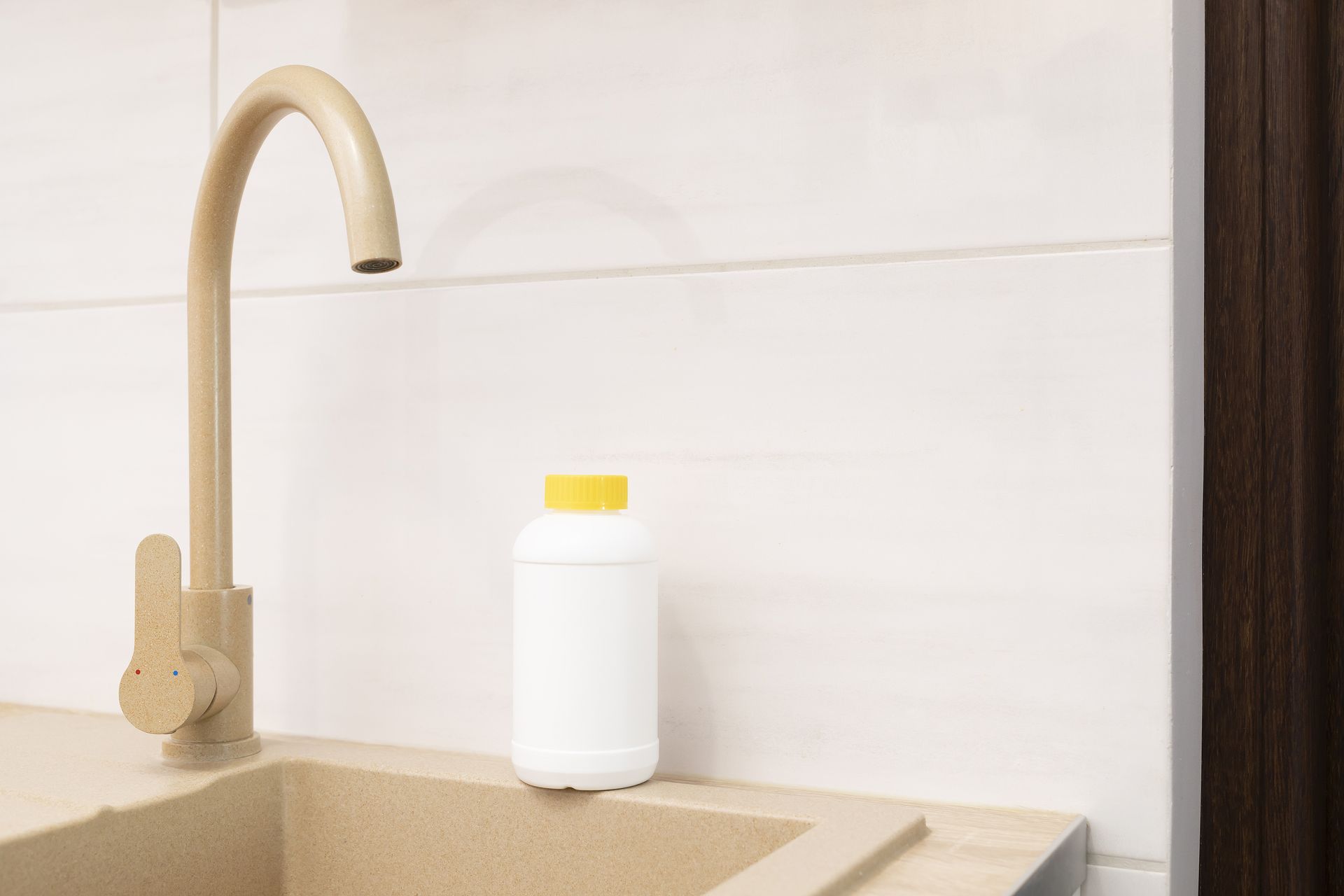
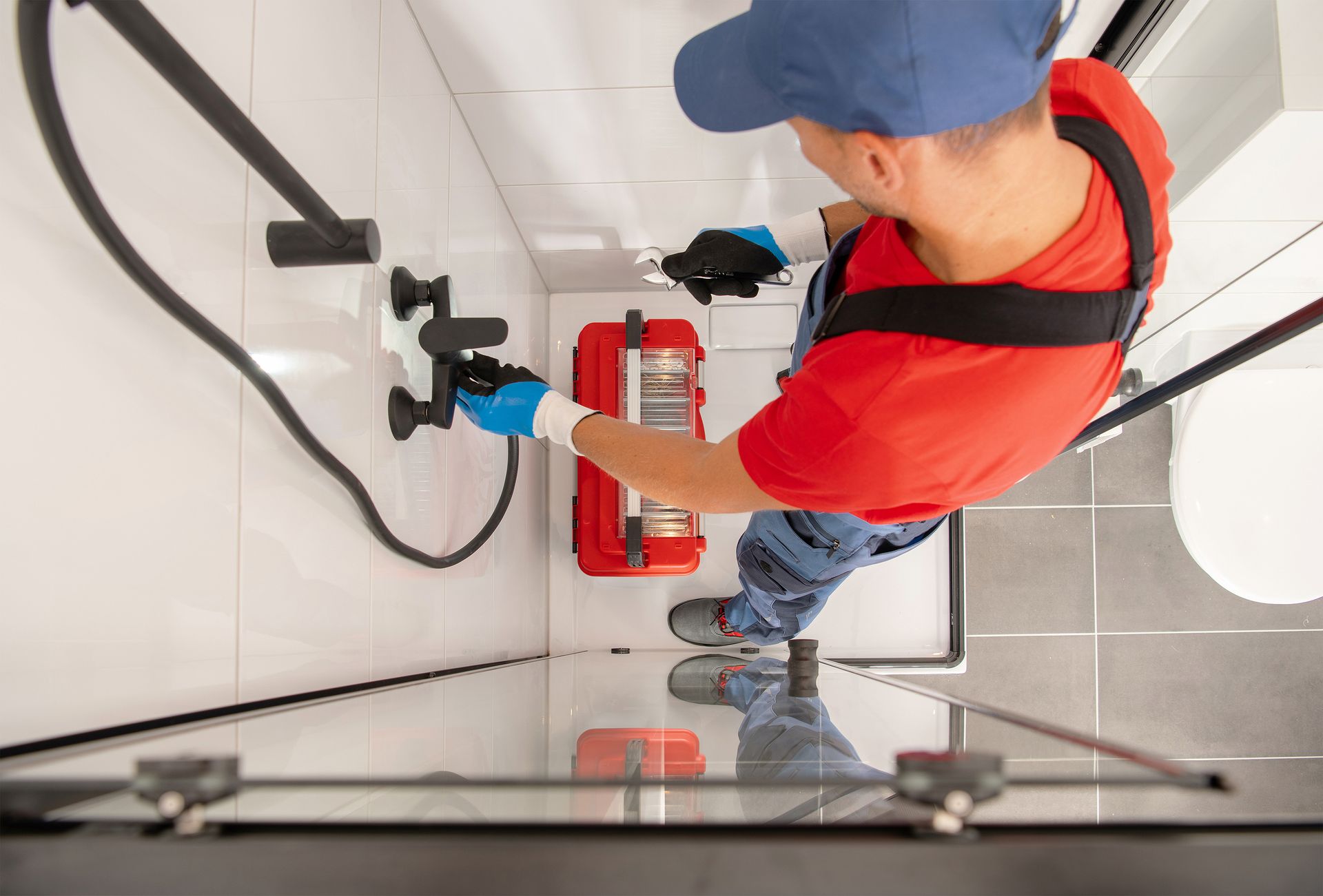
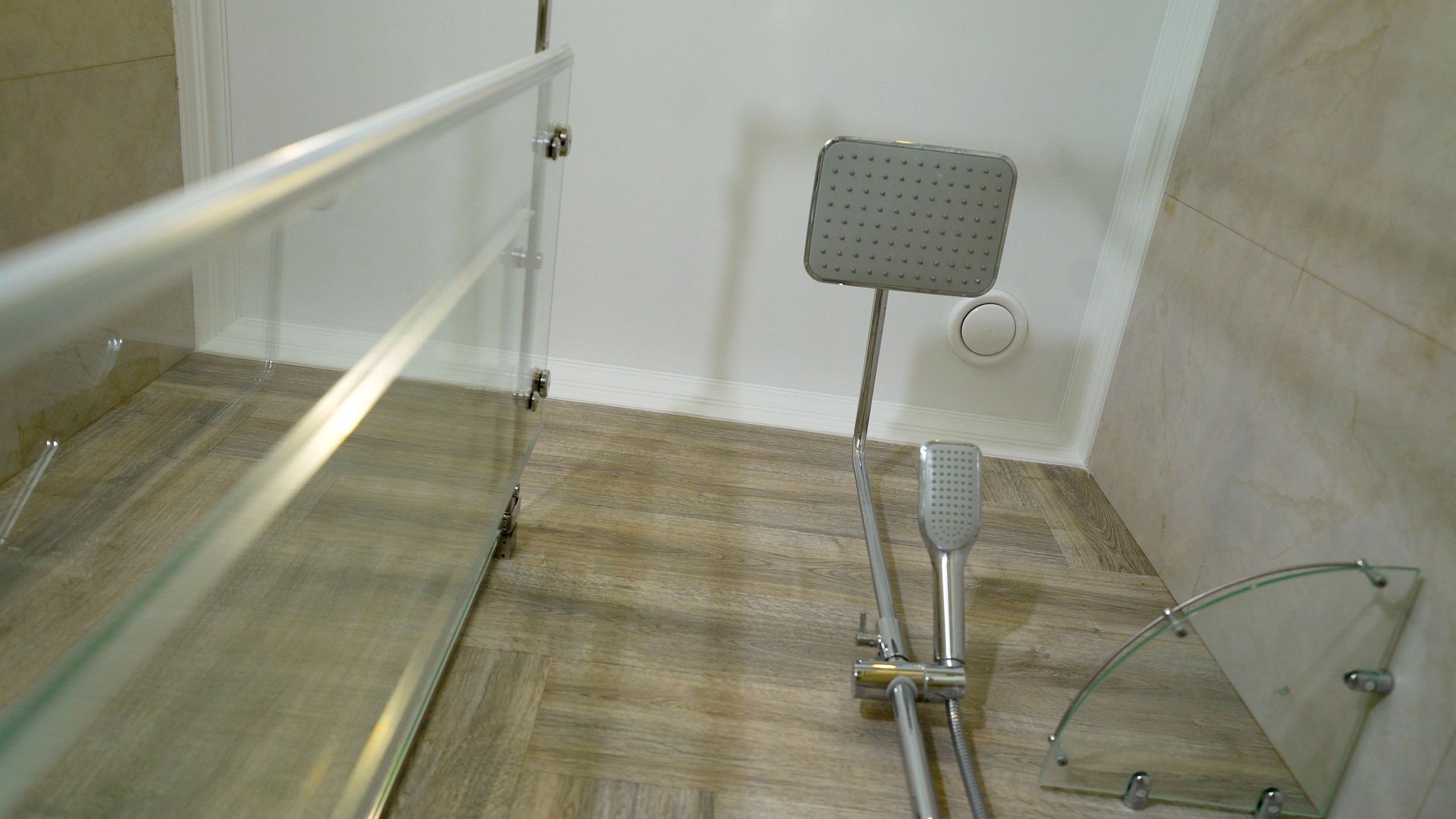
Share On: